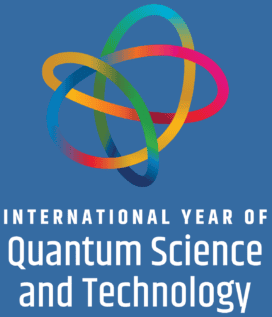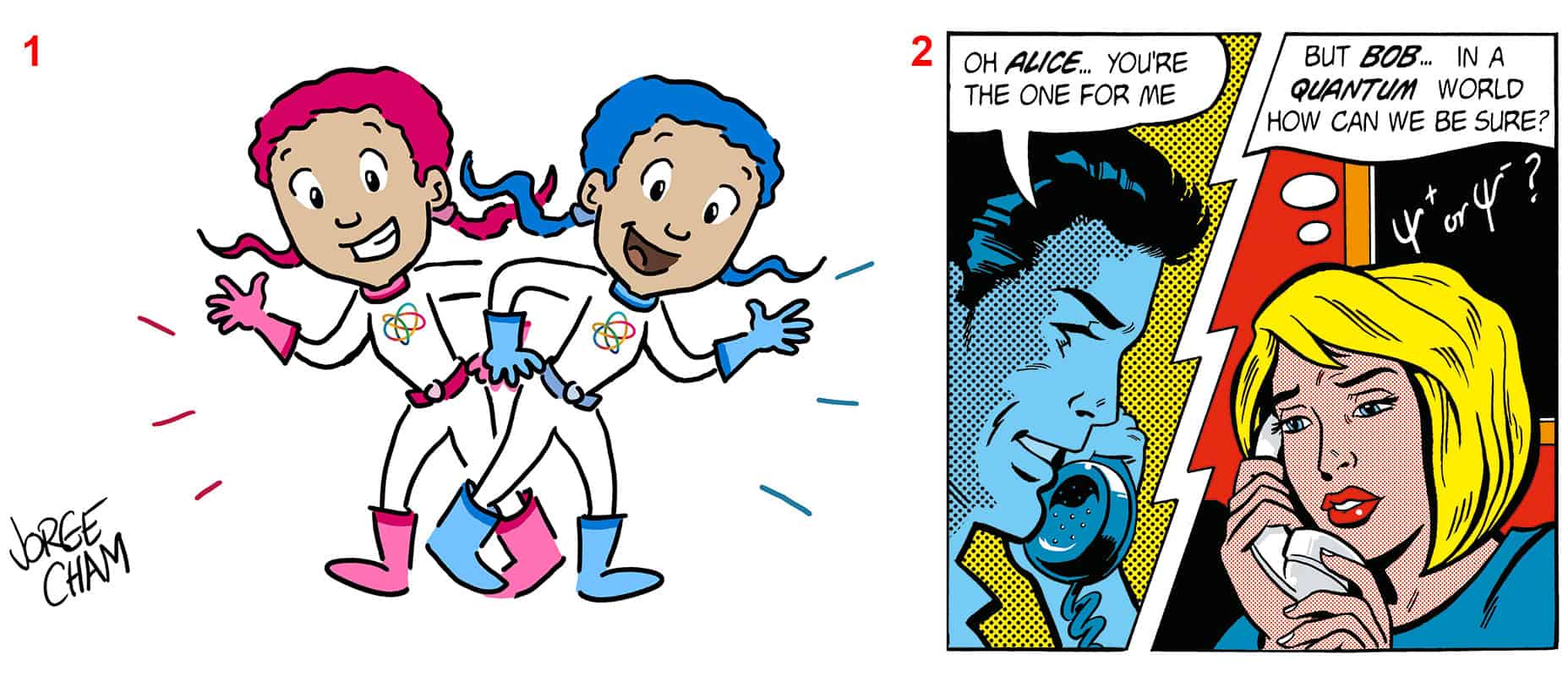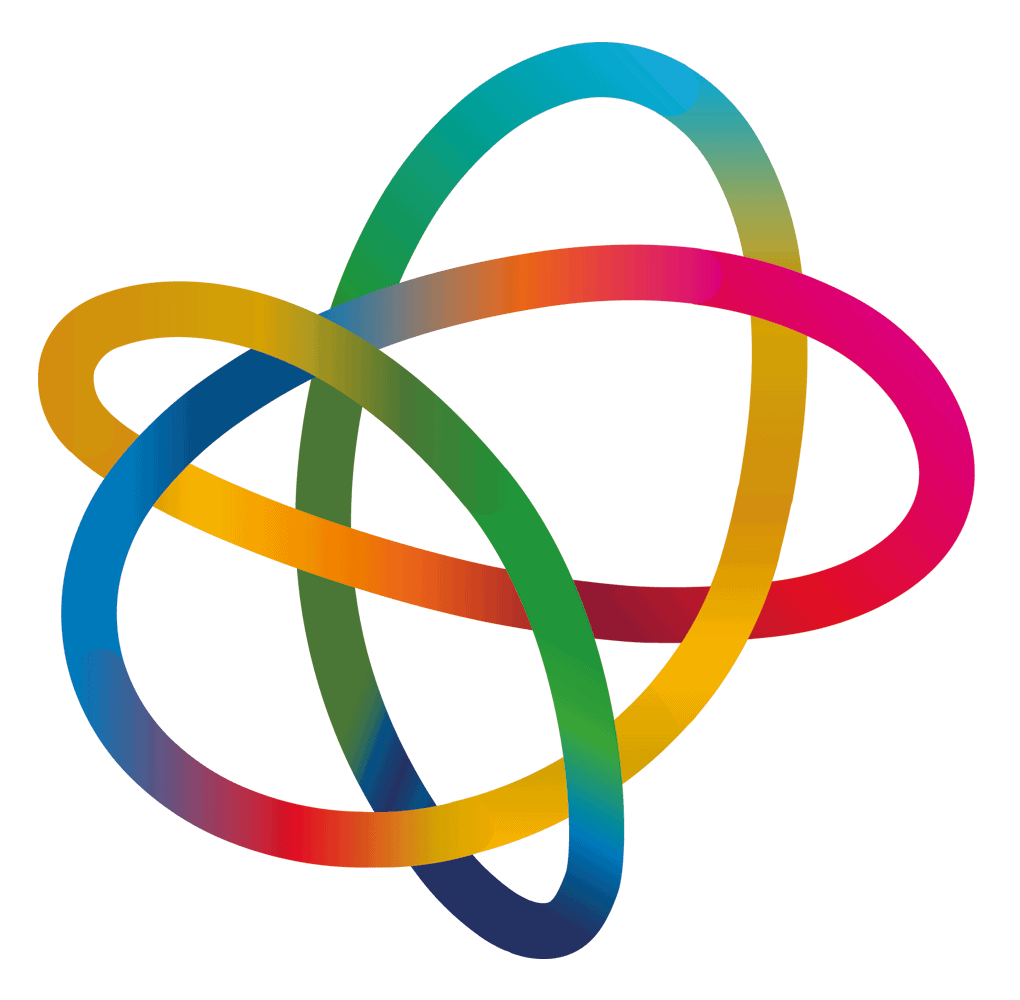Don’t have a PhD? The quantum industry still wants you
Andrew Martin, skills policy lead at the UK’s Department for Science, Innovation and Technology (DSIT), flashed up a slide. Speaking at the ninth Careers in Quantum event in Bristol last week, he listed the eight skills that the burgeoning quantum-technology sector wants. Five are various branches of engineering, including electrical and electronics, mechanical, software and systems. A sixth is materials science and chemistry, with a seventh being quality control.
Quantum companies, of course, do also want “quantum specialists”, which was the eighth skill identified by Martin. But it’s a sign of how mature the sector has become that being a hotshot quantum physicist is no longer the only route in. That point was underlined by Carlos Faurby, a hardware integration engineer at Sparrow Quantum in Denmark, which makes single-photon sources for quantum computers. “You don’t need a PhD in physics to work at Sparrow,” Faurby declared.
Quantum tech certainly has a plethora of career options, with the Bristol event featuring a selection of firms from across the quantum ecosystem. Some are making prototype quantum computers (Quantum Motion, Quantinuum, Oxford Ionics) or writing the algorithms to run on quantum computers (Phasecraft). Others are building quantum networks (BT, Toshiba), working on quantum error correction (Riverlane) or developing quantum cryptography (KETS Quantum). Businesses building hardware such as controllers and modems were present too.
With the 2025 International Year of Quantum Science and Technology (IYQ) now in full swing, the event underlined just how thriving the sector is, with lots of career choices for physicists – whether you have a PhD or not. But competition to break in is intense. Phasecraft says it gets 50–100 applicants for each student internship it offers, with Riverlane receiving almost 200 applications for two summer placements.
That’s why it’s vital for physics students to develop their “soft skills” – or “professional skills” as several speakers preferred to call them. Team working, project management, collaboration and communication are all essential for jobs in the quantum industry, as indeed they are for all careers. Sadly, many physicists don’t realize soon enough just how crucial soft skills are.
Reflecting on his time at Light Trace Photonics, which he co-founded in 2021, Dominic Sulway joked in a panel discussion that he’d “enjoyed developing all the skills people told me I’d need for my PhD”. Of course, if you really want to break into the sector, why not follow his lead and start a business yourself? It’s a rewarding experience, I was told, and there doesn’t seem to be any slow-down in the number of quantum firms starting up.
- For more information on career options for physicists, check out the free-to-read 2025 Physics World Careers guide
This article forms part of Physics World‘s contribution to the 2025 International Year of Quantum Science and Technology (IYQ), which aims to raise global awareness of quantum physics and its applications.
Stayed tuned to Physics World and our international partners throughout the next 12 months for more coverage of the IYQ.
Find out more on our quantum channel.
The post Don’t have a PhD? The quantum industry still wants you appeared first on Physics World.






 This video has no voice over. (Video courtesy: Space Production)
This video has no voice over. (Video courtesy: Space Production)